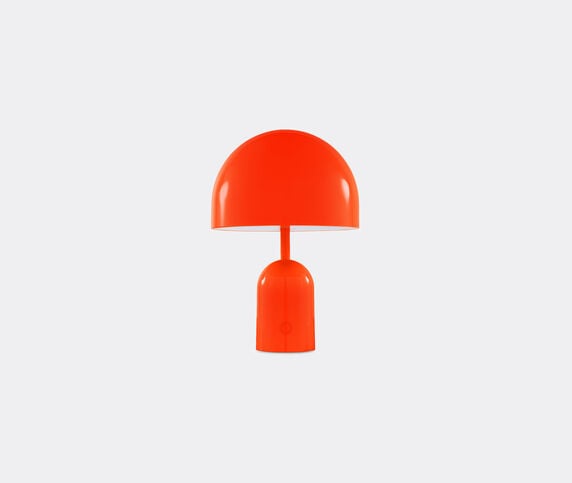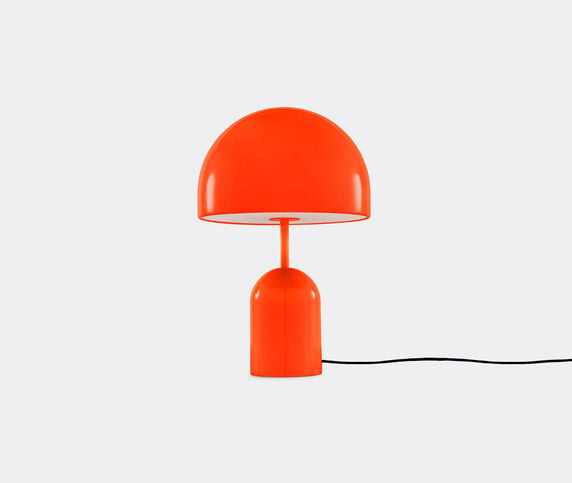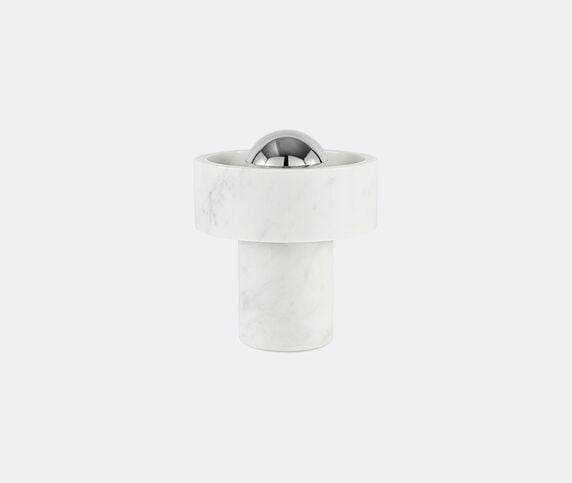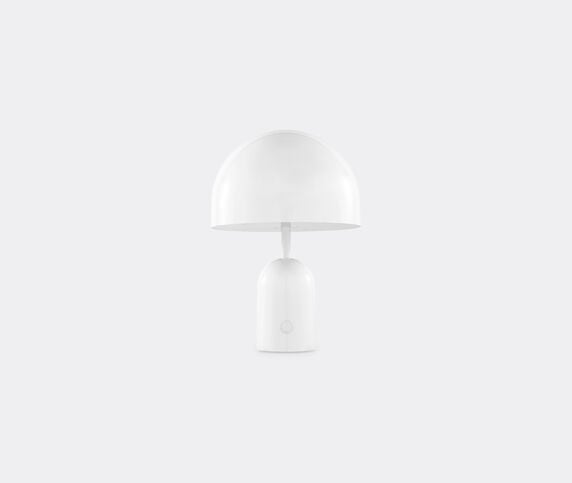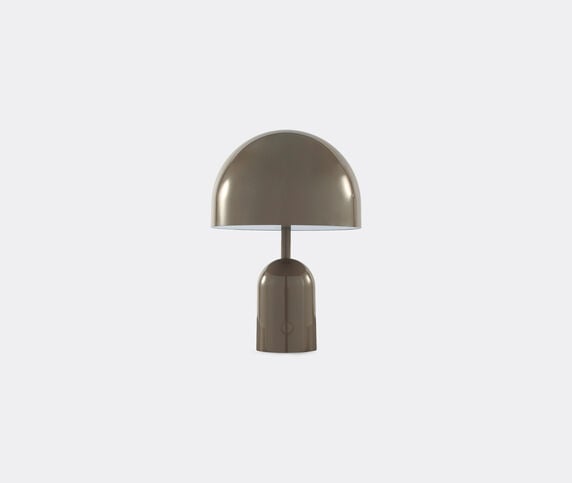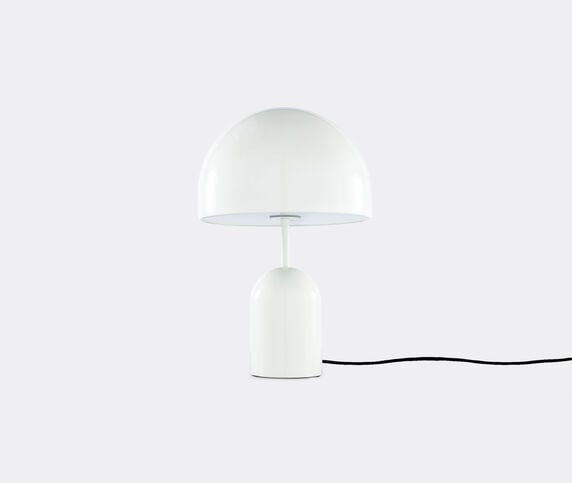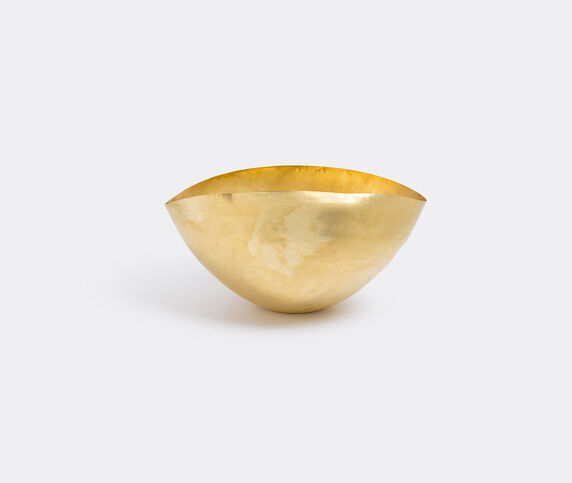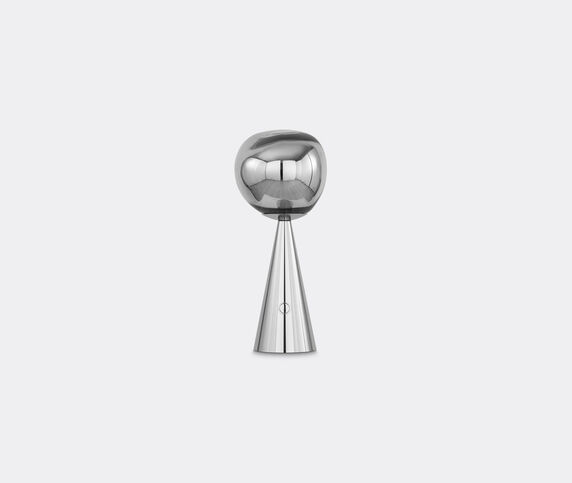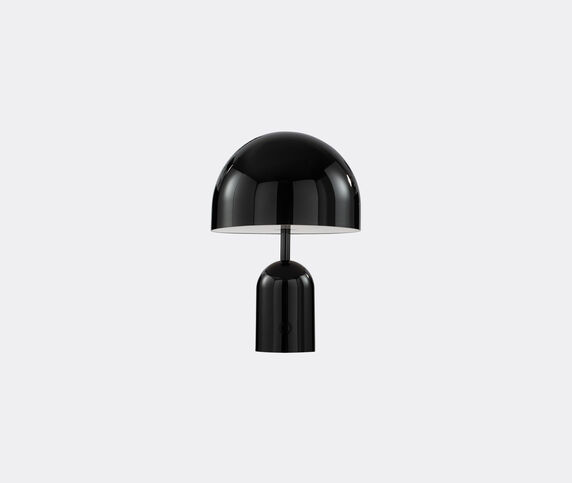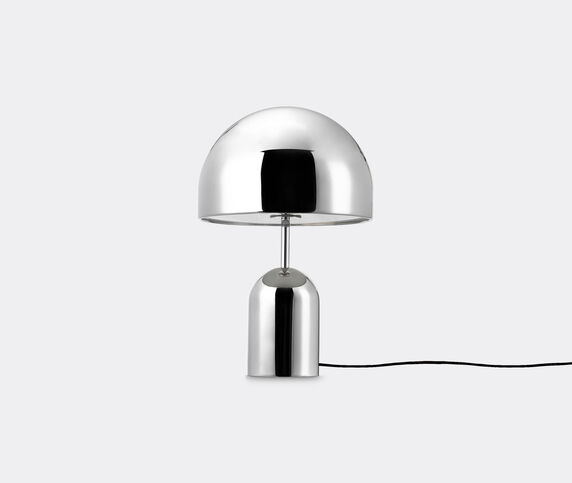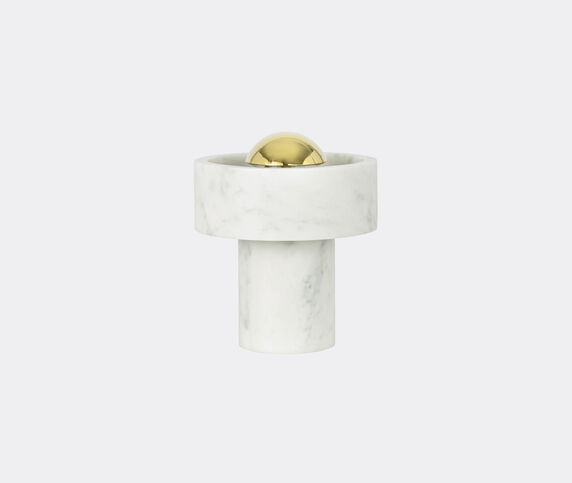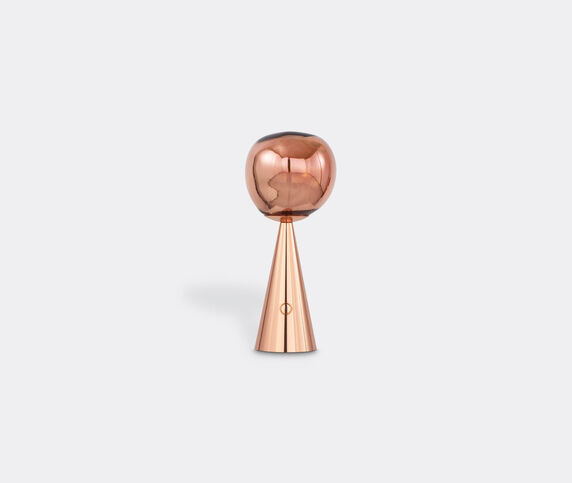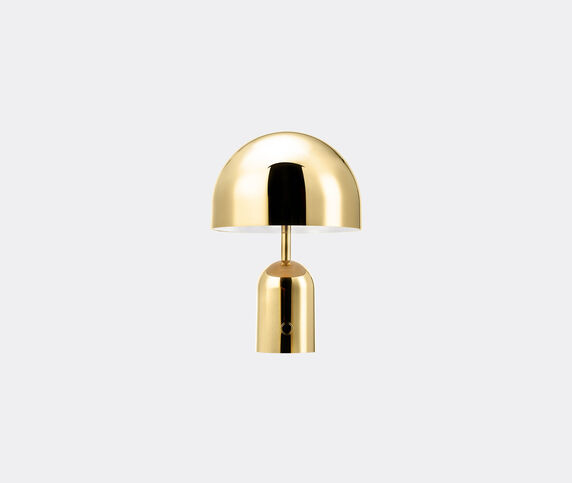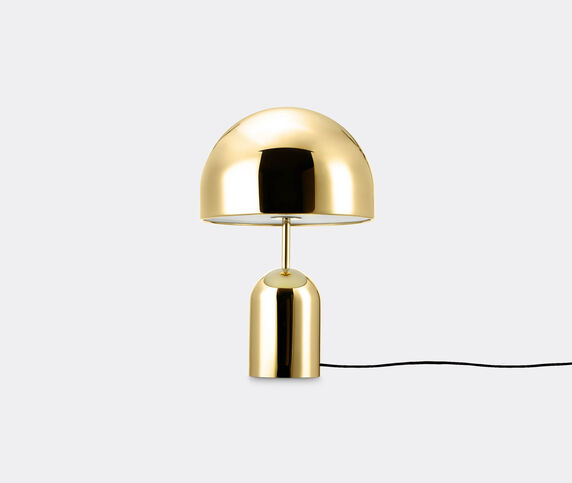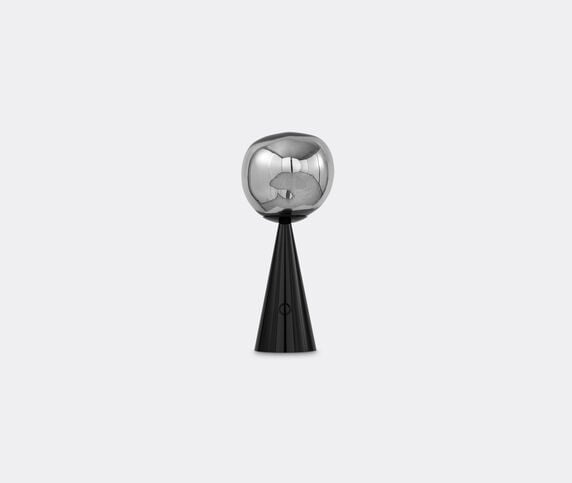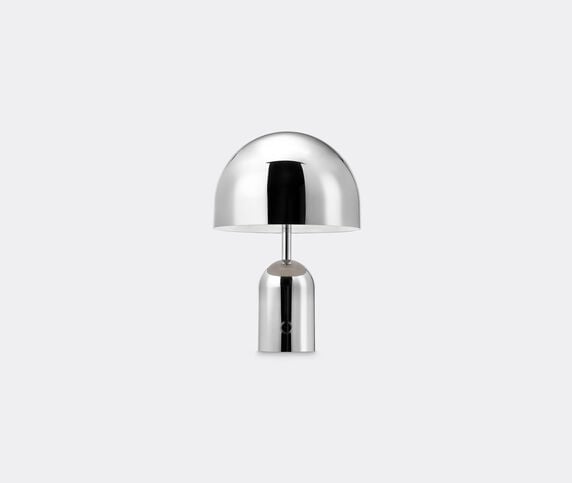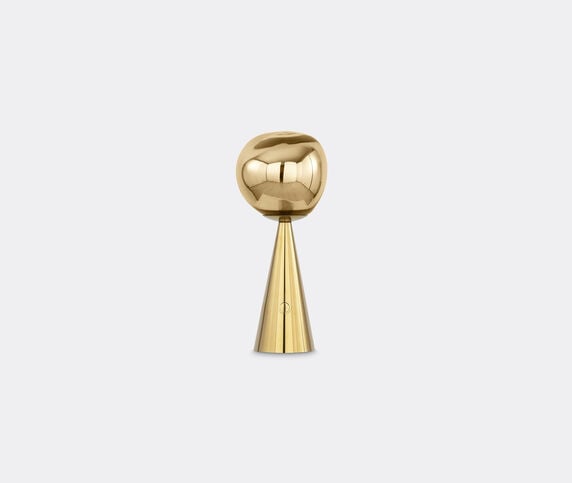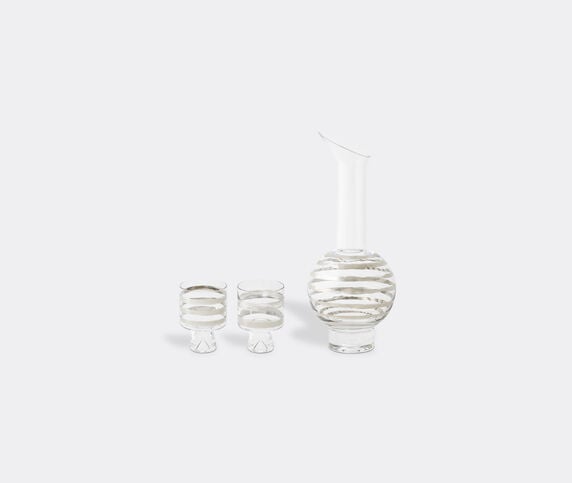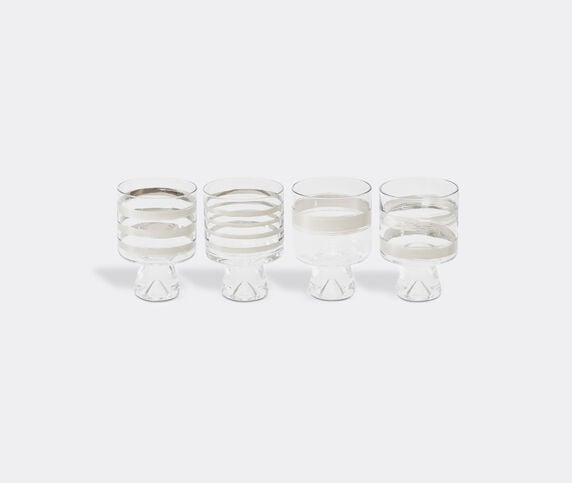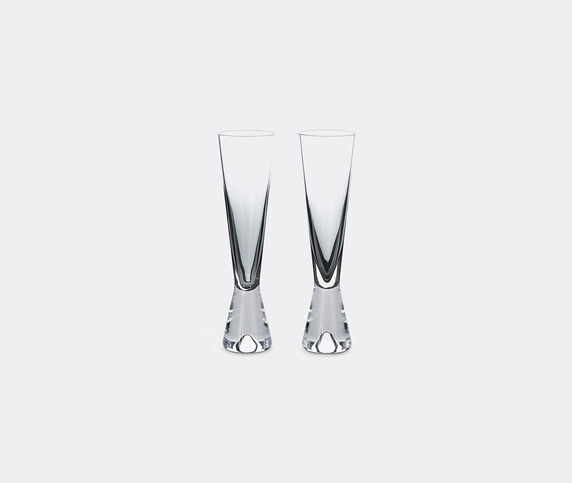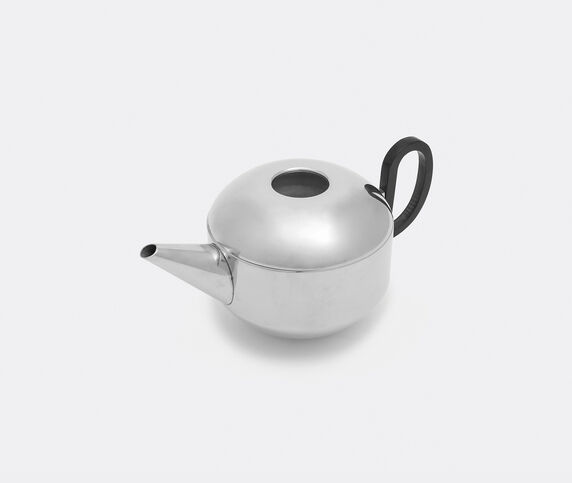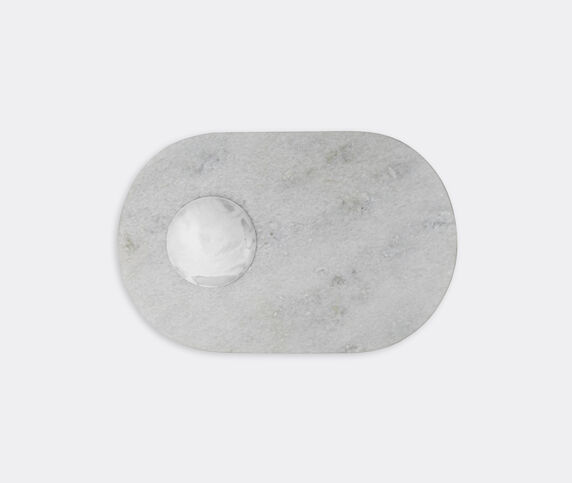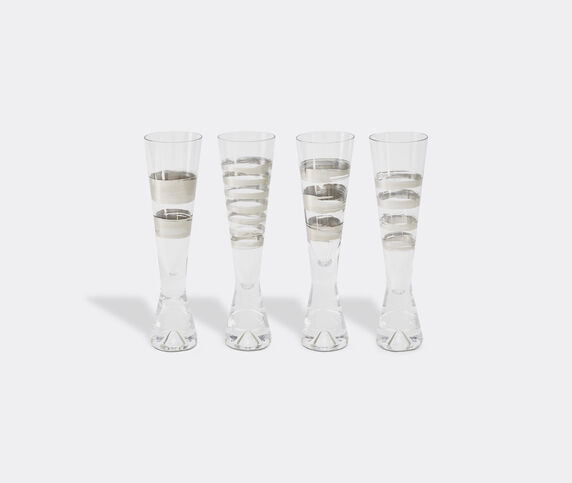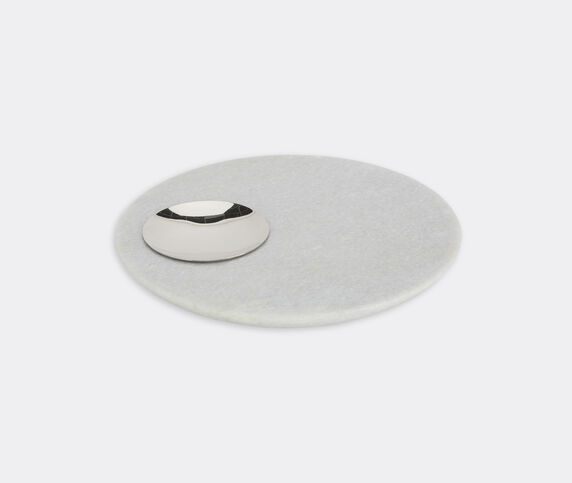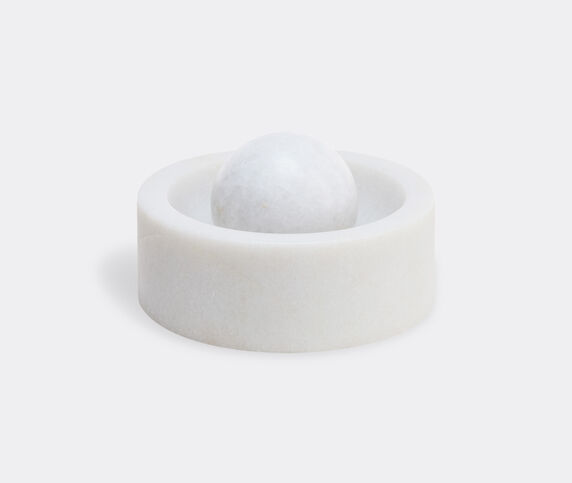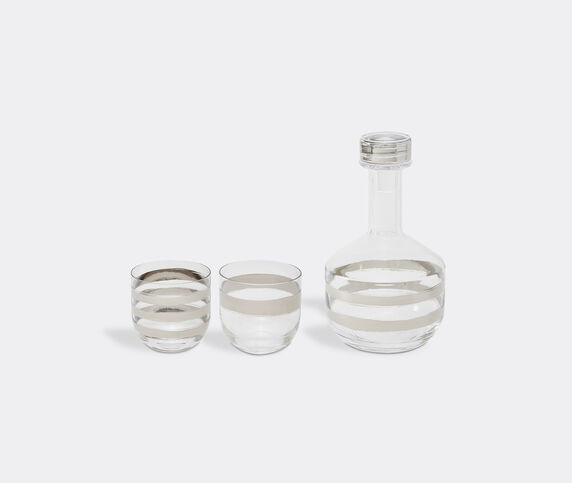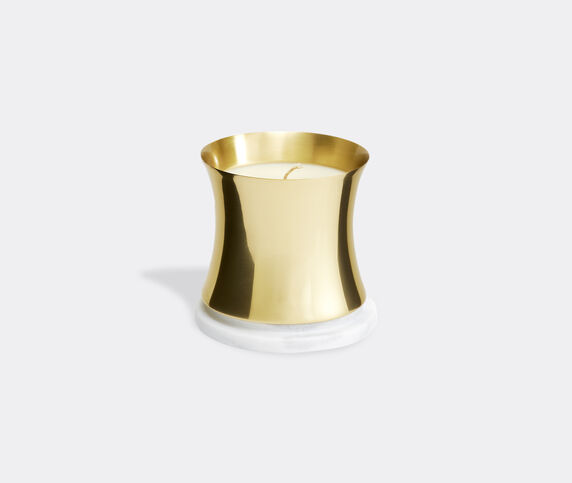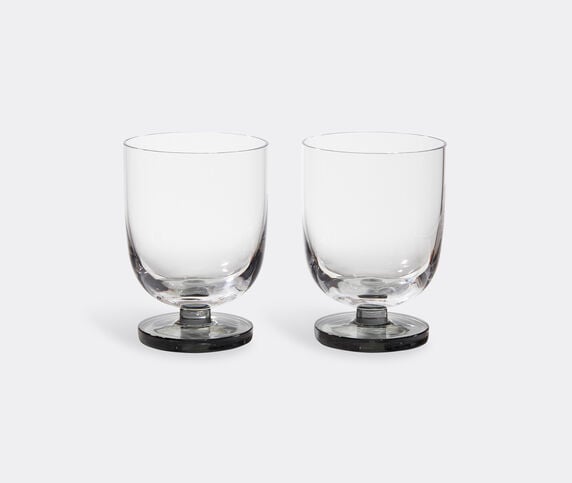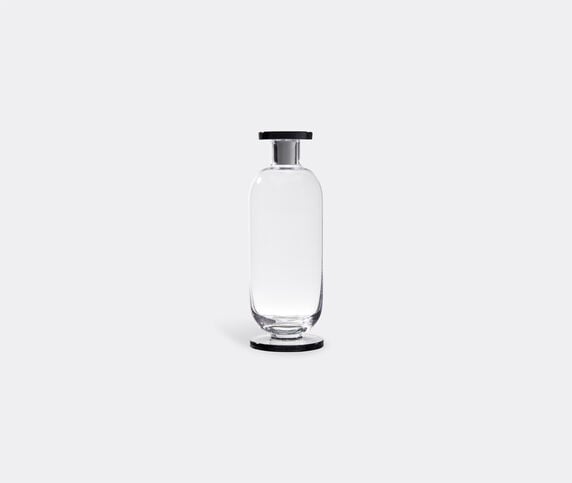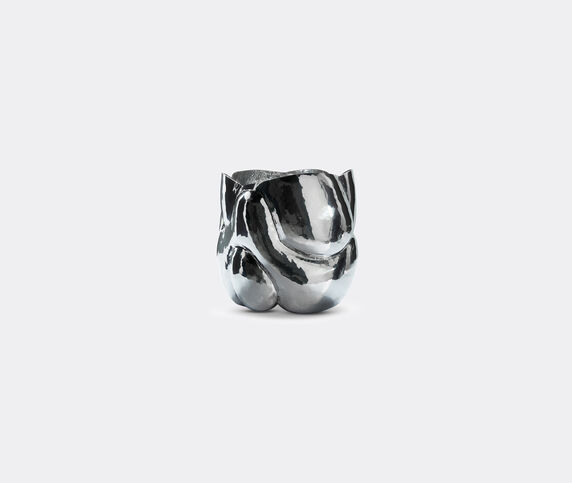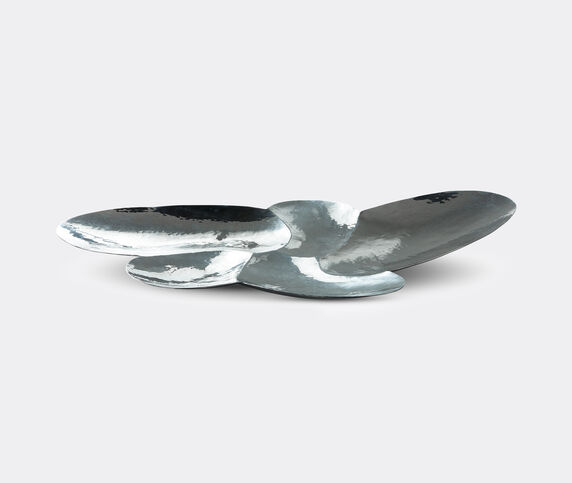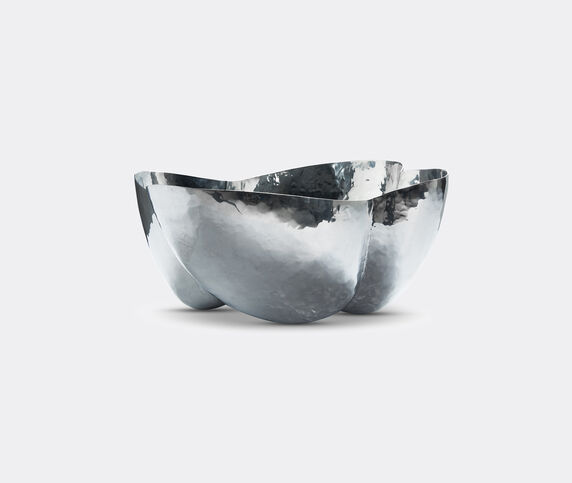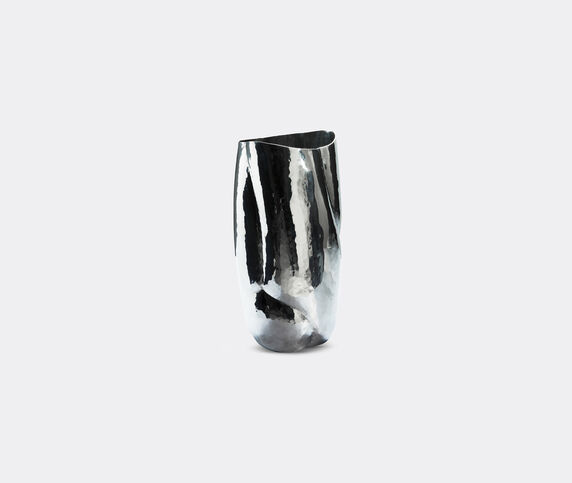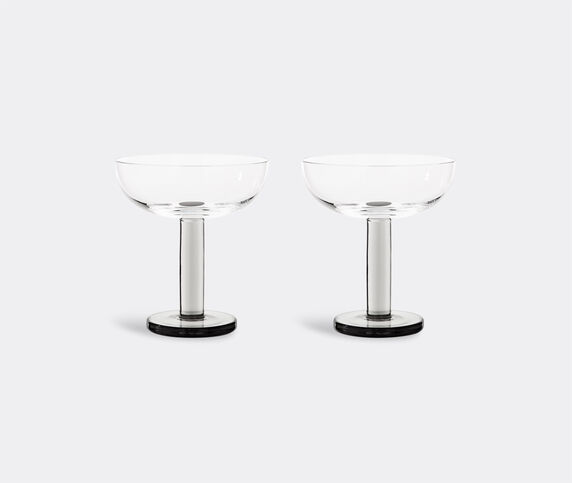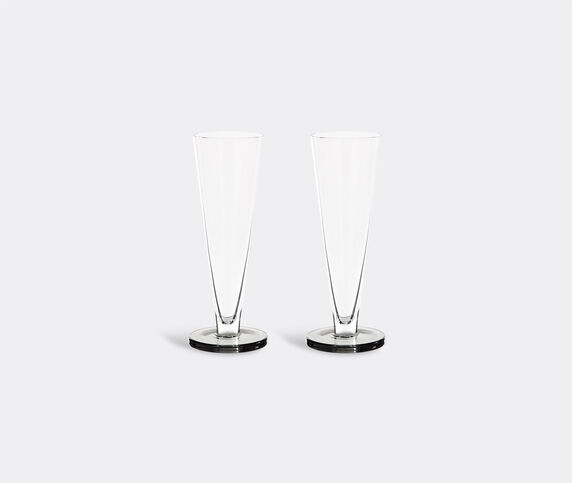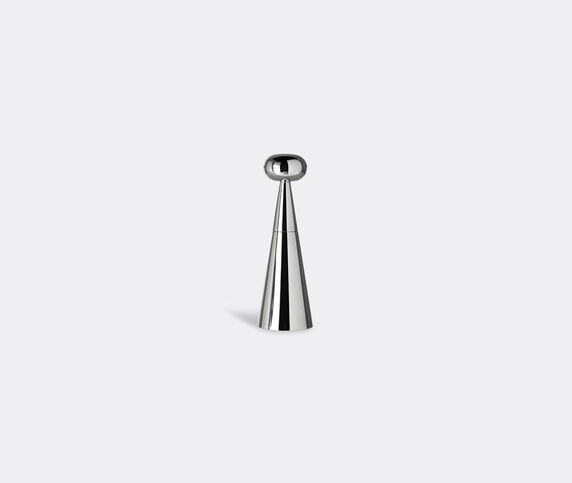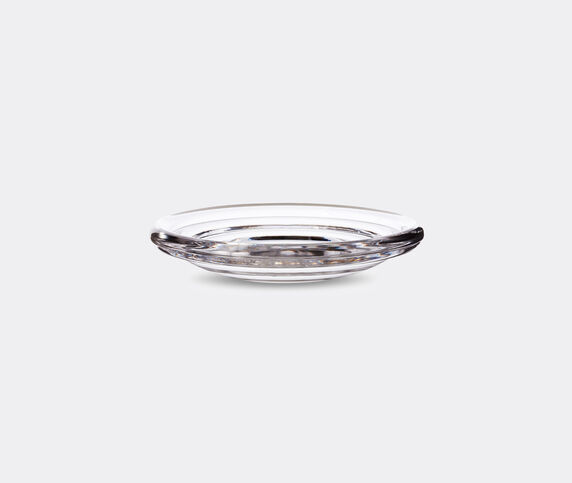Tunisia-born British designer Tom Dixon dropped out of the Chelsea School of Art to play bass in a band, before teaching himself first to weld, then to produce furniture. By the late 1980s he was designing the iconic ‘S’ chair for Cappellini. A former creative director at Habitat, Dixon is best known for his sleek light fixtures and chic interior designs for the likes of Shoreditch House and Mondrian London.
- price:
- Change view:
- Two
- Four
The ever-experimental world of prolific designer Tom Dixon
Tom Dixon made his first chair by hand from simply bending wire. Learning to weld from a young age, Dixon could work quickly and flexibly. His attraction to technique and speed when making structures turned him into the designer he is today. Dixon made his name in the mid 80’s. Firstly with ‘Space’, a think tank for young creatives, and then working for Cappellini, an Italian brand in which he came to design the iconic ‘S’ chair.
By the 90’s he had become a household name and was appointed head designer for Habitat, later to become creative director. In 2002 Dixon established his own brand specialising in extruded plastic products, under the name ‘Tom Dixon’, based in London’s trendy Portobello. By 2004, Proventus, a private investment company, teamed up with the brand to create Design Research, a holding company for design and product development. Their products are now sold in 65 countries internationally, with new collections of lighting and furniture launching bi-annually at the Milan International Furniture Fair and the London Design Festival. Tom Dixon’s latest project for 2018, entitled DELAKTIG in collaboration with Ikea; a sofa style bed that you can add ‘hacks’ to, such as lamps or a magazine rack, these can be slotted or bolted on at will to mutate the sofa-bed into your work or living space.
Tom Dixon’s Most Iconic Products
Tom Dixon designs a range of products under three categories: lighting, furniture and accessories. The most inspirational way to see how their products can come to life is through their distinguished interior design of public spaces, such as Shoreditch House in 2007 designed in an iconoclastic style and made from rough timber. In 2010 Dock Kitchen became a restaurant decorated in the style of the Tom Dixon showroom, complemented by innovative design details and finishes. Finally, Mondrian – Sea Containers House in London in 2014 was the perfect way for the brand to create a complete universe, from designing the hotel rooms to the spa interiors.
To date, Dixon himself is renowned for two of his earlier designs, as well as the acclaimed Mirror Ball and Copper Shade. The aforementioned ‘S-Chair’, created by Dixon while working at Cappellini, takes shape in serpentine curves, featuring a dark lacquered metal frame covered in woven marsh straw or wicker and available in various colours, fabrics or leather. Historic versions of this design now sit in permanent museum collections from the MOMA New York to the V&A London. A couple of years later in 1996 Dixon designed the 'sitting, stacking, lighting thing', known as the ‘Jack Light’. A multipurpose model, designed for handling and interaction, strong enough to be sat on, light enough to be lifted. For which he gained the Millennium Mark for Great British Design in 1998. Dixon realised polyethylene with electric light fitting, was cheap, low-tech and effective, which consequently led to the model being mass produced and affordable commercially.
In 2004 the ‘Mirror Ball’ was created as an ‘anti-design product’. Dixon wanted to “produce a completely spherical, highly mirrored object that would reflect its surroundings… chameleon-like and therefore invisible.” In fact it did the opposite. Ultra-visible and showy, it was a big success in the noughties. Various adaptations of the original model are now part of the Tom Dixon lighting collection.
A year later in 2005 the ‘Copper Shade’ arrived, an outcome of Dixon’s fascination with the hi-tech process of vacuum metallisation, used to produce sunglasses and space helmet visors. Devised from dozens of different techniques, from ancient methods of casting to the stamping of the metal. This expressionist sculpture is highly acclaimed and a popular interior thanks to the reflective surface, a warm metallic glow that creates a focal point whatever the surroundings. Its success led to the larger Copper Family of designs.
Tom Dixon Production Methods
Tom Dixon designs are produced in five different materials: copper, brass, marble, glass, wood. Each with their own specific production method.
Copper: Tom Dixon’s fascination with this material has led to some of the brand’s most recognizable lighting and accessory designs. Collaborating with German engineering and manufacturing to produce lamps in the latest reflectivity and transparency, their lights are created by blow moulding and vacuum metallization to achieve the perfect sphere shape with particular luminosity. Blow moulding inflates the copper polymer with compressed air and then it is cooled, while vacuum metallization uses an electrical charge to achieve the mirror finish. A lacquered finish is often used on some models to slow down the tarnishing process.
Brass: Handmade and finished manufacturing processes are used to create a final product that is intentionally imperfect. The versatility and flexibility of Tom Dixon’s brass means various techniques can be used to create the end model. Such as the Spun Bucket, where brass sheets are pressed and welded together, ground down by abrasive wheels, spun on antique lathes and then polished to a mirror finish. Alternatively, the Bash bowls are made from a hand-beaten ultra-thin brass sheet. Thin brass sheets are also used to clad the Mass Table, using a traditional metal cladding technique from India called Kavacha.
Marble: Chosen for its weight, personality and permanence in the face of modern consumption, Tom Dixon uses both Chinese and Indian marble for furniture, accessories and lighting. Each product is cut from a single pieces of solid marble with hand-cut edges and natural variations. Coloured stripes, patches, as well as fissures, may look like irregularities but are unique characteristics, making no two items the same.
Glass: Dixon describes glass as the ‘miracle material’, for its durability, versatility, transparency and beauty. Inspired by the traditional lab kit, their table top glassware is simple but rigorously functional. Borosilicate is often used during the glass making process, thanks to its pliability. Hand-blown glass in different thicknesses and angles to refract light is used for many of the lighting pieces. Glass lights are mouth-blown and remain hardwearing and extremely heavy.
Wood: Sourced from Europe for its sustainability and durability, a mixture of soaped and brushed oak and lacquered birch is used. Very often it is the discarded offcuts of wood on the industrial floor that have inspired collections.
How To Shop Tom Dixon on Frankbros
You can shop Tom Dixon under three main categories: lighting, furniture and accessories.
- Lighting range includes: Pendant Lights, Floor Lights, Wall & Surface Lights, Table Lights, Light bulbs, Bathroom & Kitchen Lights.
- Furniture range includes: Tables, Chairs, Storage.
- Accessories range includes: Candles & Fragrances, Stationery, Kitchen & Dining, Home.Accessories, Textiles, Gift Sets.
You can also shop by Family and explore more about the different collections and the inspiration, materials and techniques behind them.















